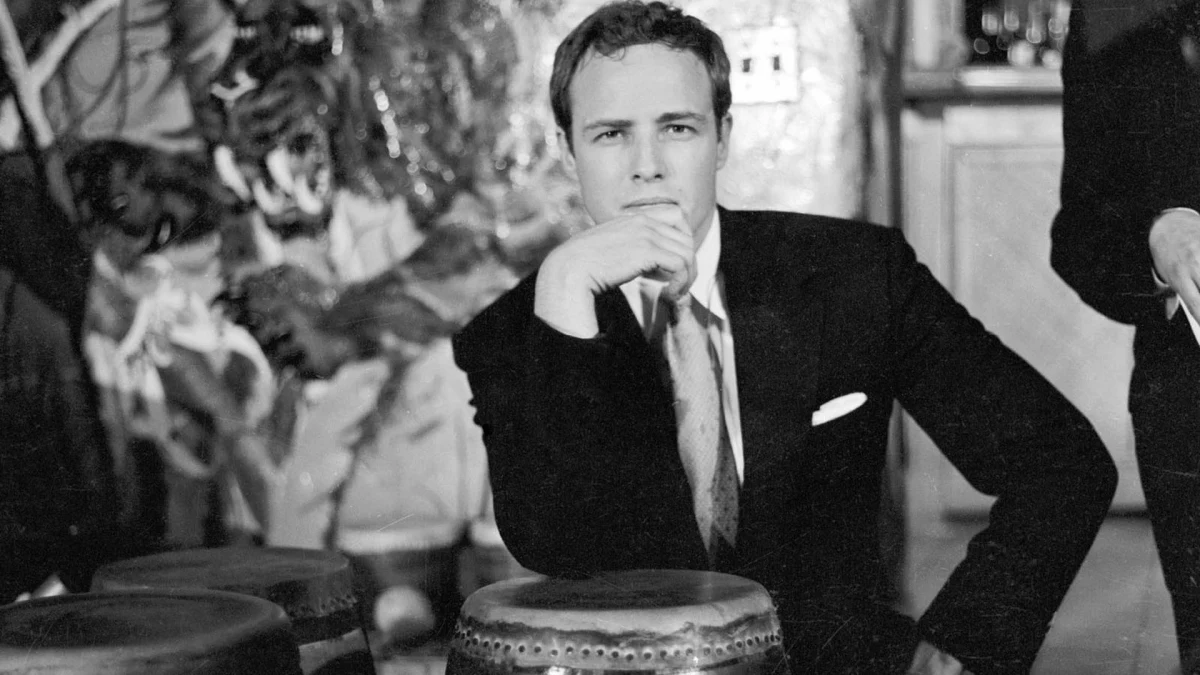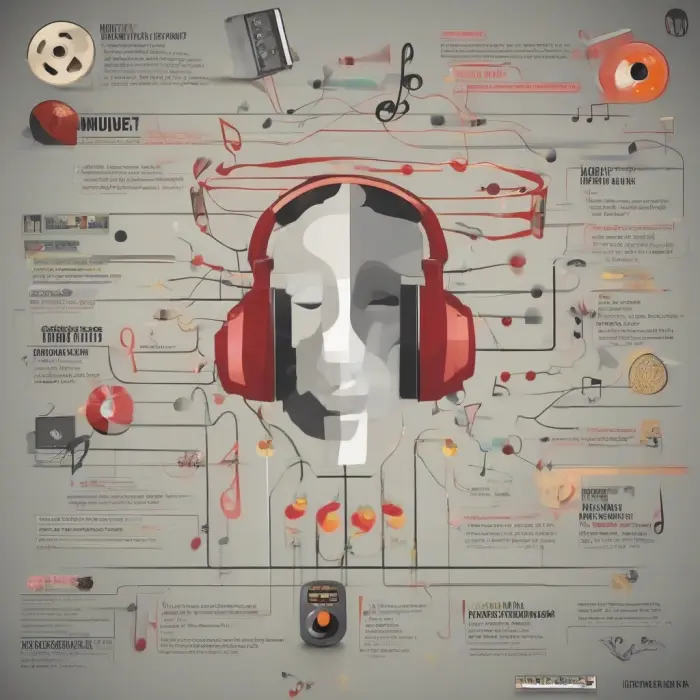Fascinating Facts About the Influence of Color on Human Behavior
Color is an essential part of our existence. The world would indeed be a dull place without it, but there's more to color than just aesthetic value. The colors we expose ourselves to can profoundly influence our emotions, our actions, and, accordingly, our general behavior. This fascinating subject incorporates various elements, including psychology, culture, and personal preferences. Below are some intriguing facts about the influence of color on human behavior.
1. Red Stimulates Appetite
The color red has been widely known to stimulate appetite. This is why a multitude of restaurants and fast-food chains tend to use this color in abundance in their branding and interior design. When we see the color red, our hearts beat a little faster, increasing our natural bodily processes, so food becomes more appealing to us.
2. Blue Enhances Creativity
Studies have shown that exposing oneself to the color blue can significantly enhance creative performance. If you've ever wondered why brainstorming sessions often happen in blue rooms, now you have the answer. Blue brings about feelings of calmness and allows the mind to think in constructive, innovative ways.
3. Green Improves Reading Ability
For decades, we've known about the benefits of green on a person's eyesight. However, what many don't know is that the color green can also improve reading ability. Studies indicate that a trace of green shade in a reading material can increase reading speed and comprehension.
4. Pink Can Calm Aggressive Behavior
The color pink, particularly softer shades, is often associated with a calming effect. Prisons and mental health care institutions have been known to paint walls pink as a strategy to reduce aggressive behavior among their residents. Moreover, it has a tranquilizing effect that reduces muscular strength and energy.
5. Yellow Increases Concentration
Due to its vibrant and energetic quality, yellow tends to grab our attention quickly. This feature makes it an excellent color to use when trying to increase concentration. Classrooms and offices often use yellow to increase productivity and keep the mind alert.
Conclusion
Color's influence on our behavior is a captivating area of study. It's intriguing how color can impact various aspects of human behavior, from our mood to our productivity, even our relationships. So when you're choosing a color for your clothing, your room, or your marketing materials, remember, you're not only deciding on an aesthetic. You're selecting an influential force that can profoundly impact you and those around you.










